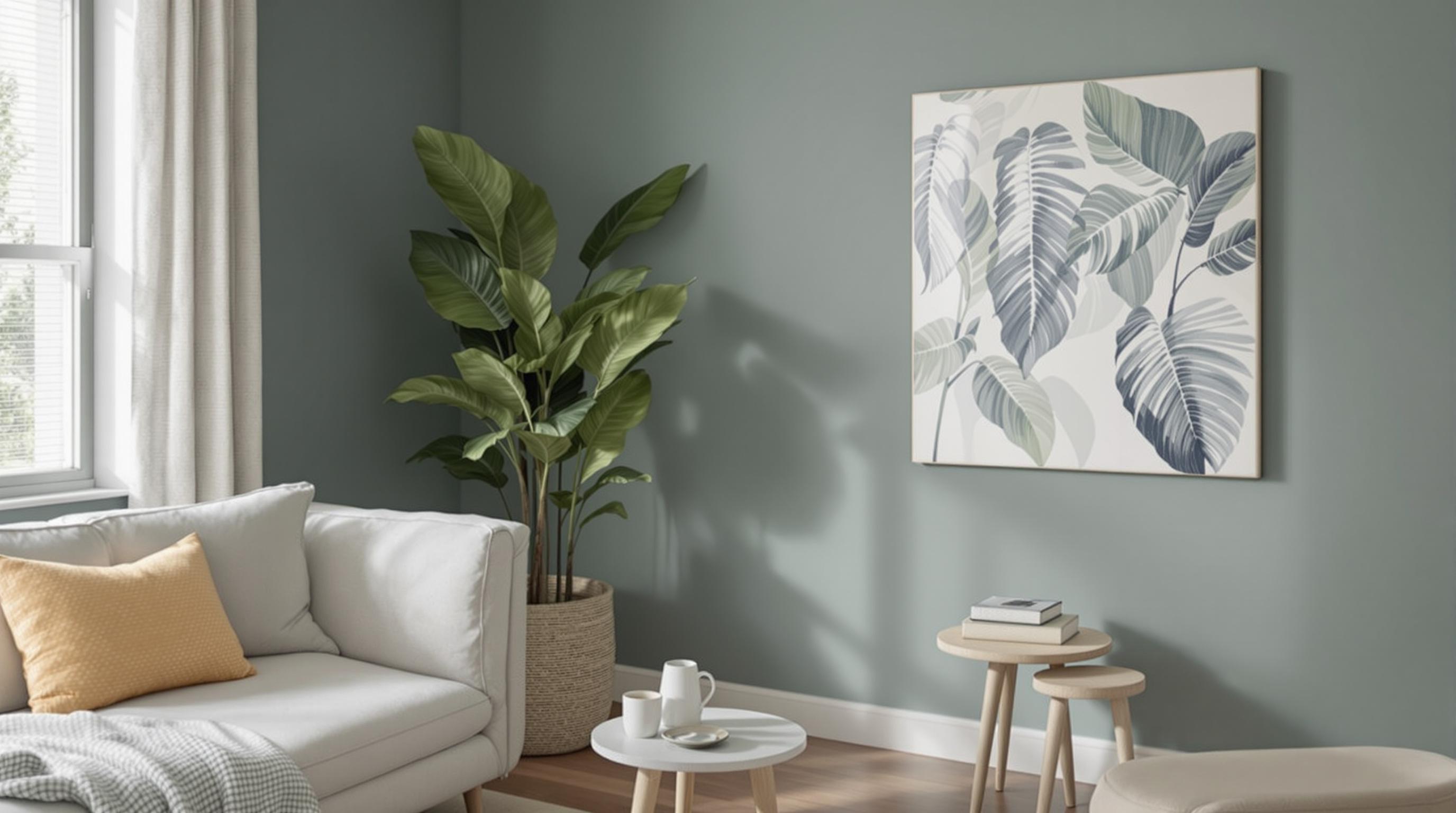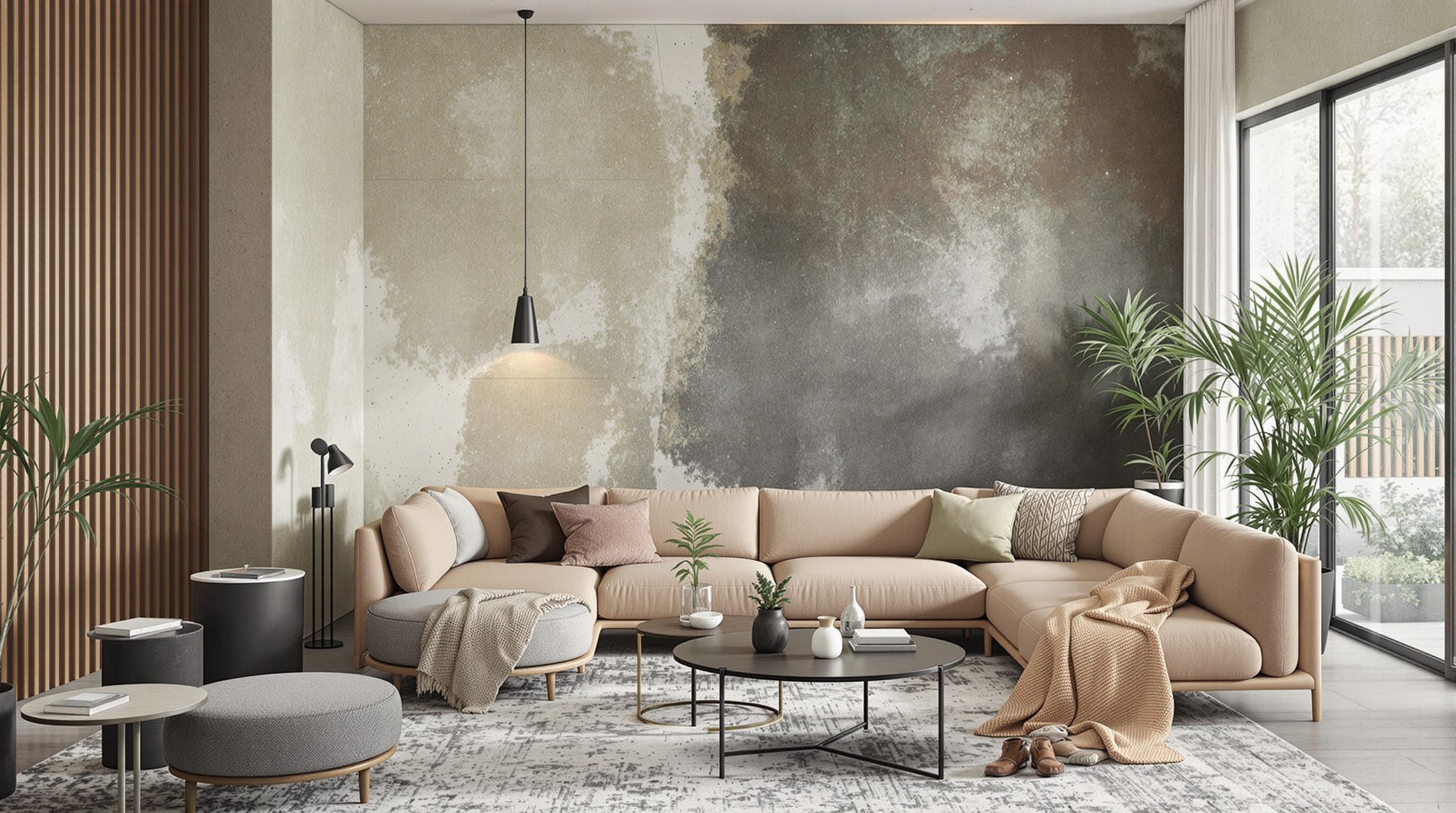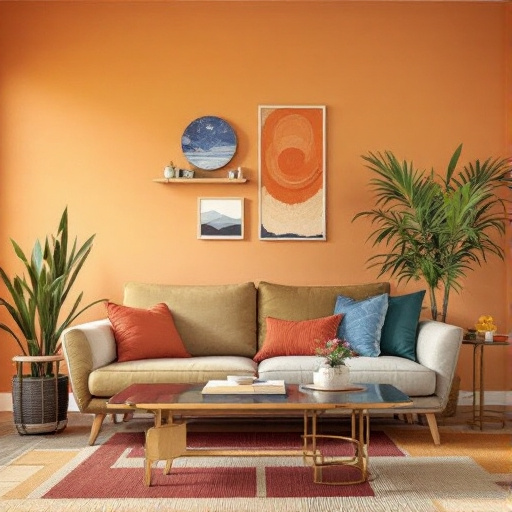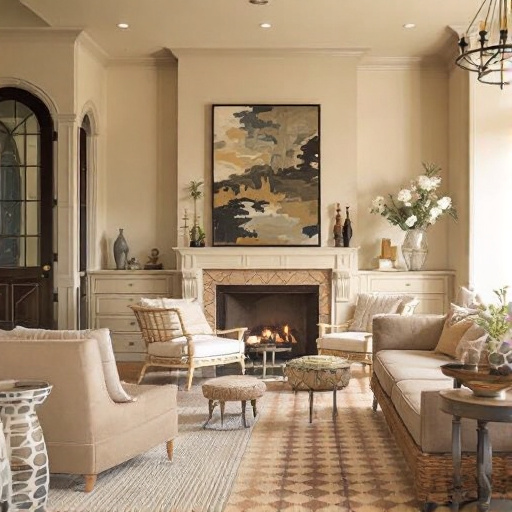Featured Articles
- "Beyond Beige: Unconventional Color Schemes That Challenge Traditional Home Design Norms"
- "Beyond Neutrals: Embracing Unconventional Color Pairings for a Bold Home Makeover"
- "Beyond Neutrals: Exploring the Psychology of Unconventional Color Pairings in Home Decor"
- Color Psychology: How House Paint Choices Impact Mood and Relationships in Unexpected Ways
- How Microclimates Indoors Influence Color Choices and the Subtle Energy Flow in Living Spaces
How Microclimates Indoors Influence Color Choices and the Subtle Energy Flow in Living Spaces
How Microclimates Indoors Influence Color Choices and the Subtle Energy Flow in Living Spaces
The way microclimates develop inside our homes significantly shapes not only our color choices but also the subtle energy flow of our living spaces. This article explores how temperature, humidity, and light interplay to influence design decisions, weaving scientific insights with cultural anecdotes to illuminate the unseen dynamics within our walls.
Welcome to the fascinating world where indoor weather meets interior design! You might be wondering how microclimates—the small-scale climatic zones within your own house—impact your paint selection or your favorite cozy nook. Surprisingly, these micro-environments dictate much more than comfort; they influence the psychological and energetic resonance of colors, affecting mood and well-being.
The Science Behind Indoor Microclimates
Imagine a room where one side basks in natural sunlight while the other lingers in shade; the temperature differential alone creates a microclimate. Factors such as HVAC efficiency, window placement, and even the presence of plants or textiles contribute to localized variations in temperature and humidity. According to a 2021 study by the American Society of Heating, Refrigerating and Air-Conditioning Engineers (ASHRAE), indoor microclimates can vary by up to 5°C within a single living room, drastically altering how colors are perceived.
Why Does This Matter for Color Choices?
Colors are not static entities; their perception shifts with changes in ambient temperature and light quality. For instance, cool tones like blues and greens may feel more soothing in warmer microclimates, whereas warmer hues such as reds and oranges can compensate for cooler, shaded areas. This subtle dance between physical space and color psychology emphasizes the importance of acknowledging microclimatic differences across even small areas.
Anecdote: My Grandmother’s Old Kitchen
Let me share a little story. As a 62-year-old ethnographer fascinated by lived experience, I recall my grandmother's kitchen in a mountain village of Colombia, where sunlight streaming through narrow windows created pockets of warmth. The walls were painted a deep ochre—a color that seemed to capture and amplify the gentle heat, fostering an intimate, energetic ambiance. This was no accident; my grandmother understood, intuitively, how the microclimate affected the feel of the space.
Case Study: Urban Apartments and Color Adaptation
A recent experiment in urban New York apartments tracked how tenants adapted their wall colors over time. Apartments facing south with abundant light tended towards cooler shades like pale lavender and misty grey, tempering summer heat, while north-facing units favored creamy yellows and soft peach tones to enhance warmth. The study showed that occupants adjusted their environments subconsciously to balance comfort and aesthetic appeal, confirming that microclimates drive color choices in real-world settings (Environmental Psychology Journal, 2023).
Subtle Energy Flow: Beyond the Physical
Beyond physical temperature and humidity, many cultures recognize an intangible energy moving through spaces—known as qi in Chinese philosophy or prana in Indian tradition. Color is a powerful medium to harmonize this flow. For example, blues are believed to calm overstimulated energy zones, whereas reds can stimulate lethargic areas, subtly balancing the unseen currents inside our homes.
How to Harness This in Your Space
Step one: Observe your microclimate. Identify where your room warms or cools and take note of humidity shifts throughout the day. Step two: Choose colors that complement these conditions—lighter shades for cooler, shaded zones; deeper, richer colors for warmer ones. Step three: Introduce textured fabrics and natural elements to modulate air quality and tactile engagement, which also influences your perception of color and energy.
Fun Fact!
Did you know? People tend to spend approximately 90% of their time indoors, according to the EPA, making the interior microclimate a more influential factor in well-being than outdoor weather in many cases. This underscores the importance of designing with these invisible climates in mind.
Mood, Memory, and Microweather
We often underestimate how these indoor climates act as a backdrop for memory formation and mood regulation. Warmer, well-lit areas with warm colors can boost positivity and sociability, while cooler, dimly lit zones with muted hues promote relaxation and introspection. Understanding these dynamics lets us tailor our environments to support different daily activities and emotional states.
Challenges and Solutions in Different Climates
If you live in a tropical region, humidity might encourage the use of cooler color palettes to psychologically ‘decrease’ heat, coupled with materials that breathe like linen or bamboo. In contrast, northern climates may harness warmer tones and thicker fabrics to visually and physically compensate for colder indoor air, mitigating seasonal affective disorder (SAD) symptoms.
The Role of Light in Indoor Microclimates
A colorful room in darkness loses much of its vibrancy. The interaction of natural and artificial light with surface colors can alter not only appearance but also the way energy flows through space. A 2022 design firm report showed that rooms with adjustable lighting systems influenced occupant satisfaction by over 65%, proving that controlling light sources is critical to managing color perception and spatial atmosphere.
Humor Break: When Colors Rebel
Ever painted a room thinking it would be a serene sage green, only to enter and find it looks like “alien slime”? Welcome to the unpredictable world of microclimates. It turns out your perfectly chosen paint can look totally different once morning sun heats the walls or a sudden drop in humidity shifts the palette. It’s like your house throwing a spontaneous rave—unexpected and colorful chaos!
Practical Tips for Homeowners and Designers
Engage in “microclimate mapping”: use a thermometer, hygrometer, and daylight meters in different parts of your home to record data over a week. Analyze the trends, and paint samples come later. Always test paint colors on walls at different times of the day to catch unexpected interactions. Don’t forget how furniture placement and materials affect air circulation, lighting reflection, and even perceived temperature.
Cross-Cultural Insights
In many Latin American villages, color application is tailored seasonally to indoor microclimates—cool earthy tones during hot months and vivid reds or purples during cooler periods. This cyclical approach exemplifies an adaptive design mindset born out of years of observation and respect for environmental subtlety.
Conclusion
Understanding microclimates indoors reveals a layered relationship between space, color, and energy flow, reminding us that interior design is both an art and a science. By embracing these nuances, we create living spaces that not only look beautiful but also feel balanced and alive with positive, subtle energy.




